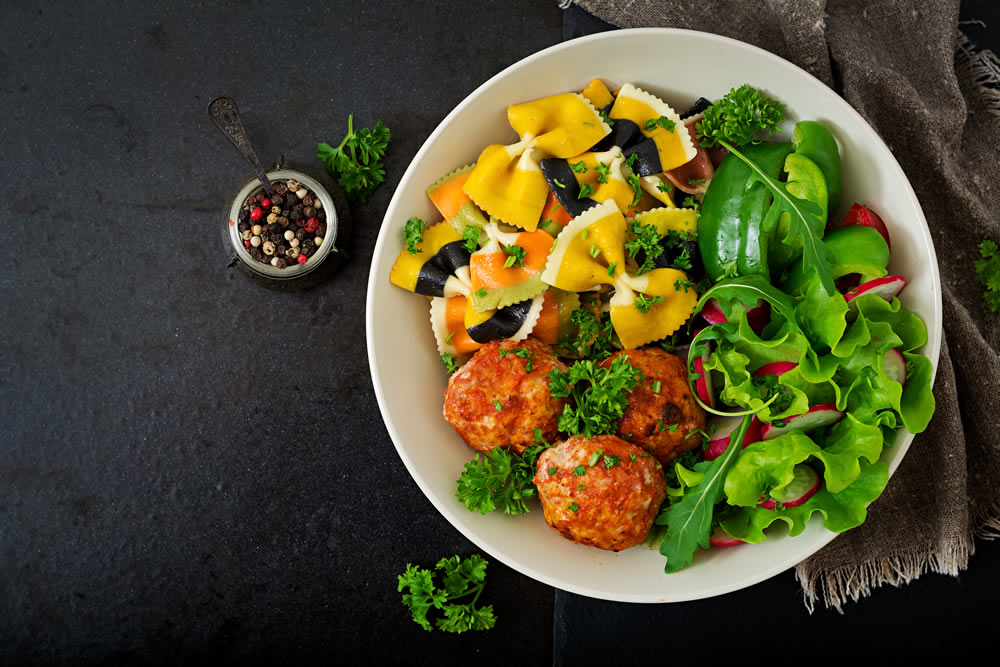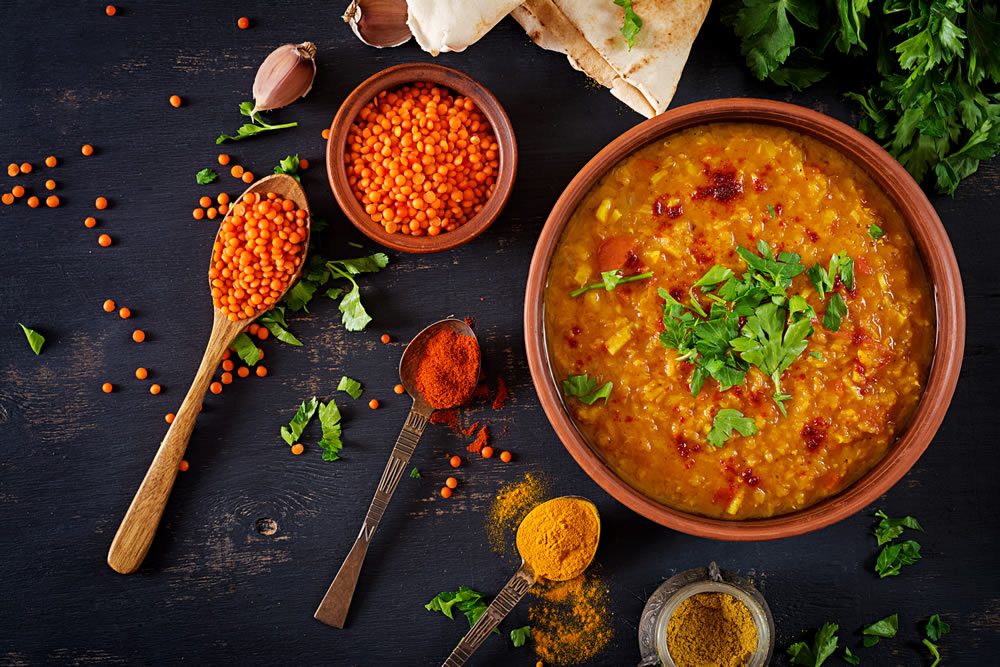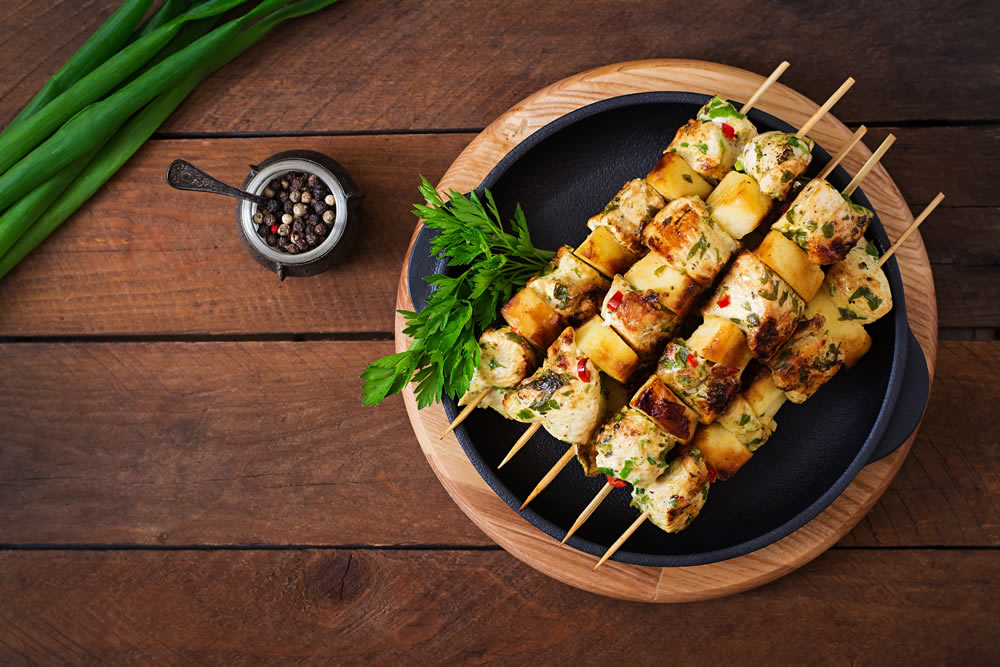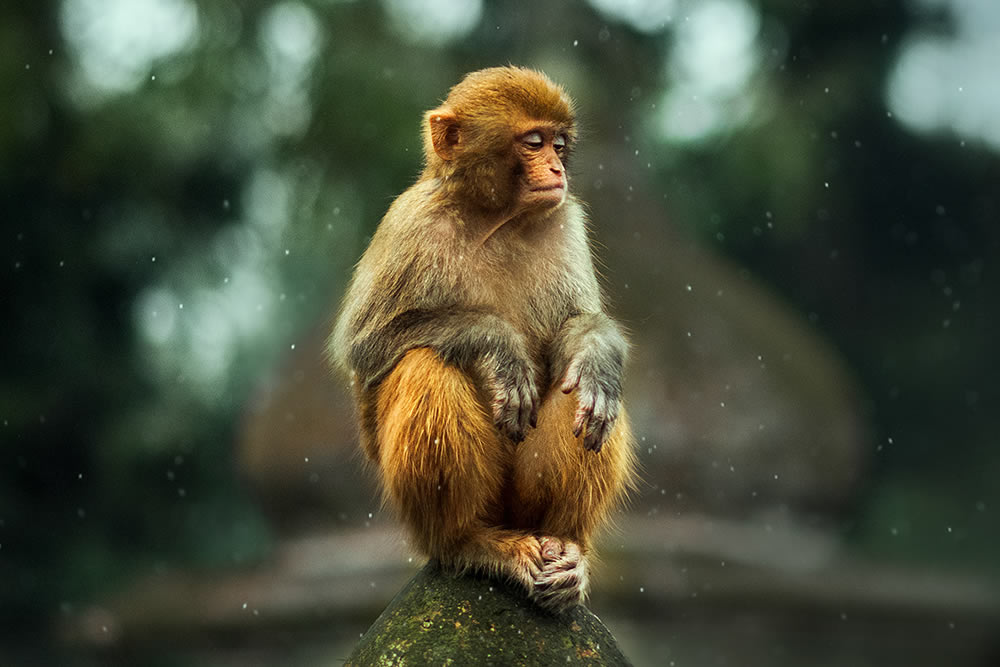Why does the vibrant dish in front of you, bursting with freshness, often translate to a lackluster image? It’s because food photography is more alchemy than happenstance – it’s crafting light, shadow, and composition into a visual symphony that sings of taste and texture.
Professional chefs and photographers know this secret: capturing the allure of a delectable meal goes beyond mere snapshots. So let’s refine our approach and take actionable steps towards photographing food with the same finesse applied in its preparation.

Color’s Palette: Balancing Hues for Mouthwatering Imagery
In the realm of food photography, color wields power – it can awaken cravings and coax salivation. Skilled photographers understand this, manipulating hues to convey taste and freshness through a lens. Consider the green of an herb as more than mere garnish; it’s vibrancy on a plate.
And yet, capturing such vibrancy isn’t solely for the art-minded. The HelloFresh service of weekly meal prep delivery adopts a similar philosophy, curating dishes that are as visually appealing as they are palate-pleasing.
Just as you balance colors in your frame for that perfect shot, HelloFresh balances ingredients for peak aesthetic appeal – a nod to the culinary truth that we eat with our eyes first.
The Harmony of Light and Shadow: Illuminating Your Culinary Subject
Masterful food photography hinges on the interplay of light and shadow – a duo that brings depth and dimension to the plate. Forget relying on your camera’s flash; natural light is the maestro here, sculpting your subject with subtle highlights and soft shadows.
Positioning is key. A well-placed window can be your ally, offering a soft, diffused glow that caresses every curve and contour of the dish.
Consider how shadows define texture, creating a dance of contrast that invites intrigue. And just as in crafting fine cuisine where balance is paramount, so too must you orchestrate this delicate balance in photography to reveal the essence of your culinary creations – crafting images that are not just seen but felt.

Angle Acumen: Finding the Sweet Spot in Food Photography
Angles aren’t simply a choice; they’re a strategy. Varied perspectives can unveil different stories about your dish. A straight-on shot may flaunt the structure of a layered cake, while an overhead view could simplify complexities, presenting an orderly spread that highlights ingredient diversity.
The secret lies in experimenting – adjusting heights and tilts until the narrative you wish to tell crystallizes. Consider how each angle interacts with light, shadow, and composition to accentuate specific aspects of your creation.
The best angle is often where elements converge in harmony, showcasing the plate just as intended: tempting and true. It’s not so much searching for perfection but rather capturing authenticity – one authentic frame at a time.
Staging the Scene: Compositional Techniques for Tantalizing Shots
Composition in food photography is an orchestrated affair, where every element has a role. The thoughtful arrangement of cutlery, the deliberate sprinkle of herbs – the aim is to guide the eye and tell a story.
Rule of thirds? Essential. It segments your canvas, enabling you to position your dish in a way that’s naturally engaging. Negative space, too, plays its part, allowing your subject room to breathe while focusing attention.
And don’t shy away from props; they’re characters that can add context or hint at a backstory, evoking feelings of warmth or anticipation. So choose wisely – every prop on set should enrich the narrative like supporting actors in a well-crafted play.
Texture and Detail: Inviting the Eye Closer
Texture in food photography isn’t just about surface appeal; it’s a whisper to the senses, coaxing viewers closer. An image that captures the grain of a crusty bread or the velvety sheen of a chocolate glaze can transport someone right to the table.
Achieving this requires precision – zoom in, focus carefully, and let your depth of field create a stage where textures are the star.
And as you highlight these tactile elements, you’re not merely snapping pictures – you’re crafting an invitation for a closer look, an implicit promise of flavor that’s almost tangible. It’s detailed work like this that brings a photograph to life, making it more than just an image but an experience unto itself.

The Final Garnish: Elevating Your Food Photography
In closing, the art of food photography is within your grasp. It’s about embracing light’s rhythm, mastering perspective, orchestrating colors, and celebrating details. Capture not just a meal but a moment that stirs the appetite.
This craft mirrors HelloFresh’s dedication to visual and culinary excellence – where every dish tells its own delicious story. Now go forth; let your camera and cuisine converse in sumptuous harmony.










